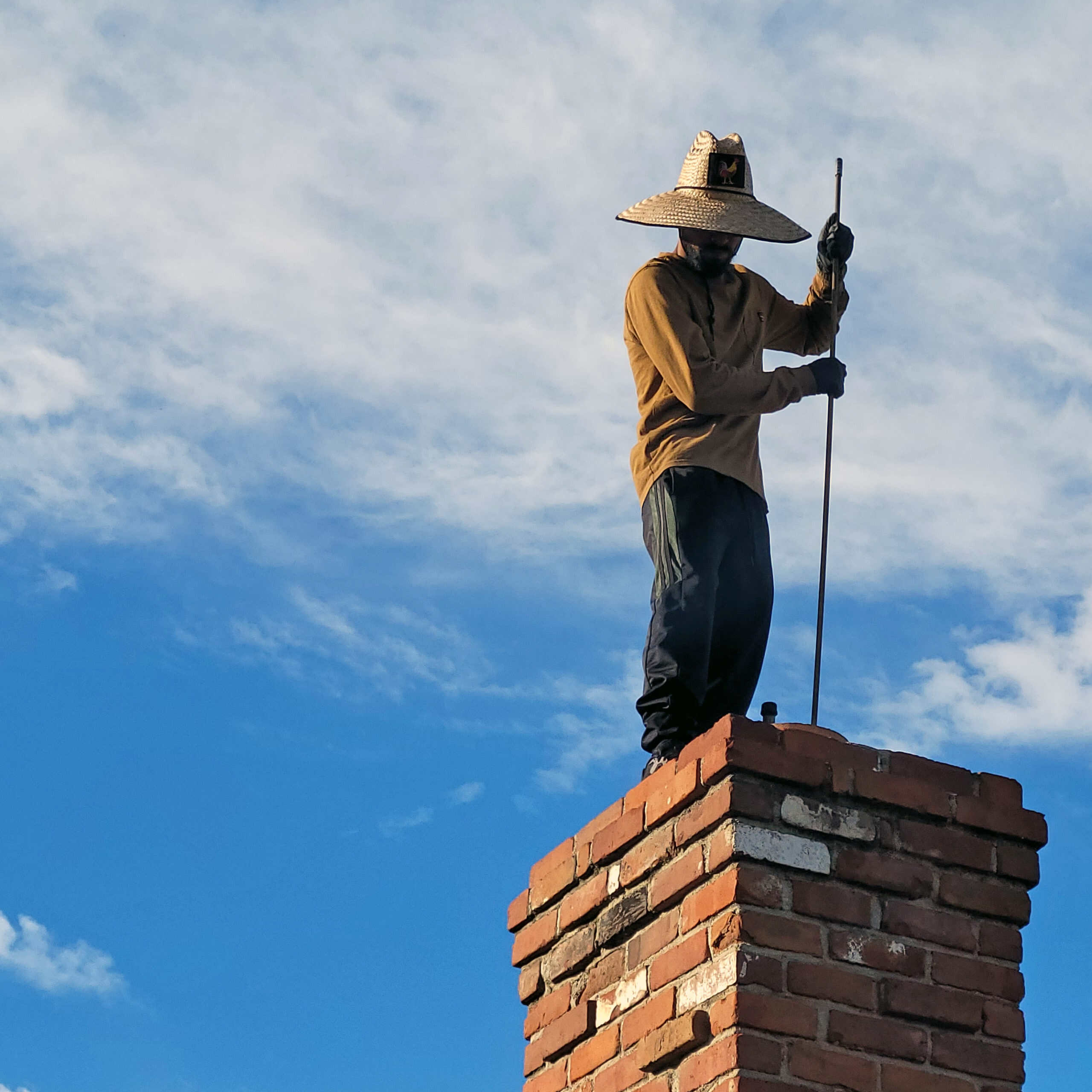

Articles
What Is A Chimney Sweep
Modified: May 6, 2024
Discover the importance of chimney sweep services and how they help maintain a safe and efficient fireplace. Read our informative articles to learn more
(Many of the links in this article redirect to a specific reviewed product. Your purchase of these products through affiliate links helps to generate commission for Storables.com, at no extra cost. Learn more)
Introduction
When you imagine a chimney sweep, you may conjure up images of a soot-covered, top hat-wearing figure dancing across rooftops. While the iconic image may hold a certain charm, chimney sweeping is much more than a quaint profession of the past. In fact, chimney sweeping plays a crucial role in maintaining the safety and efficiency of your home’s heating system.
In this article, we will delve into the history of chimney sweeping, explore the importance of regular chimney maintenance, discuss the tools and equipment used by chimney sweeps, highlight the chimney sweep process, and provide tips for chimney sweeping and maintenance.
Whether your home utilizes a traditional wood-burning fireplace, a gas-powered insert, or a pellet stove, understanding the significance of chimney sweeping is vital. So, let’s journey into the world of chimney sweeps and uncover the reasons why their expertise is essential for your home’s well-being.
Key Takeaways:
- Chimney sweeping is essential for preventing chimney fires, carbon monoxide poisoning, and optimizing energy efficiency. Hiring a professional chimney sweep ensures thorough cleaning, inspections, and compliance with regulations, safeguarding your home’s heating system.
- Regular maintenance, visual inspections, and safe fireplace practices are crucial for maintaining a well-functioning chimney. While DIY chimney sweeping may seem cost-effective, the expertise, safety measures, and thorough cleaning provided by professional chimney sweeps offer significant advantages.
Read more: What Is The Daily Life Of A Chimney Sweep?
History of Chimney Sweeping
The origins of chimney sweeping can be traced back to medieval Europe, where fires were a common method of heating homes and natural chimney drafts were necessary to remove smoke and fumes. However, as homes became more sophisticated and chimneys became taller and narrower, a new problem emerged: a buildup of creosote and soot.
In the 17th century, chimney sweeps began to emerge as a specialized occupation. Young boys, known as “climbing boys,” were employed to climb inside chimneys and manually remove the accumulated soot and debris. Unfortunately, these climbing boys endured hazardous conditions and often suffered from respiratory issues and injuries.
It wasn’t until the 19th century that regulations were put in place to protect chimney sweeps and improve safety standards. The use of brushes and rods became common, allowing sweeps to clean chimneys more effectively and efficiently. With the advent of the Industrial Revolution and the widespread adoption of coal for heating, the demand for chimney sweeps grew exponentially.
Throughout history, chimney sweeps held a role in society beyond mere soot removal. In many cultures, they were considered bringers of good luck and were invited to attend weddings and other auspicious occasions. This belief stemmed from the superstition that having a chimney sweep present would ward off evil spirits and ensure a prosperous future.
Fast forward to the present day, chimney sweeps continue to be essential in maintaining the safety and functionality of residential and commercial chimneys. However, advancements in technology have transformed the chimney sweep profession. Modern chimney sweeps are equipped with specialized tools and knowledge to thoroughly inspect, clean, and repair chimneys.
Understanding the history of chimney sweeping allows us to appreciate the evolution of this vital trade and the skills required to keep our homes safe and efficient. Next, let’s explore the importance of regular chimney sweeping and maintenance.
Importance of Chimney Sweeping
Regular chimney sweeping is not just a matter of aesthetics; it is a crucial aspect of home maintenance that ensures the safety, efficiency, and longevity of your chimney and heating system. Here are some key reasons why chimney sweeping is essential:
- Preventing Chimney Fires: Over time, soot, creosote, and other combustible materials can accumulate inside your chimney. These substances are highly flammable and can ignite, causing a chimney fire. Regular chimney sweeping removes these hazardous deposits, reducing the risk of chimney fires and protecting your home and family.
- Promoting Proper Ventilation: A clean chimney allows for proper ventilation, ensuring that smoke, gases, and pollutants are efficiently expelled from your home. This helps maintain good air quality and prevents the buildup of harmful substances that can pose health risks to you and your loved ones.
- Preventing Carbon Monoxide Poisoning: A blocked or poorly functioning chimney can lead to the release of dangerous carbon monoxide gas into your home. Regular chimney sweeping and maintenance ensure that your chimney is free from obstructions, preventing the buildup of this silent, odorless, and potentially deadly gas.
- Extending the Lifespan of Your Chimney: By regularly removing soot, debris, and other contaminants, chimney sweeping helps prevent corrosion and damage to your chimney’s lining and components. This extends the lifespan of your chimney and saves you from costly repairs or replacements down the line.
- Optimizing Efficiency and Energy Savings: A clean chimney allows for optimal airflow, promoting efficient combustion and heat transfer. This, in turn, leads to increased energy efficiency, lower fuel consumption, and reduced heating costs for your home.
By scheduling regular chimney sweeping, ideally once a year or more frequently depending on your usage, you can address these potential hazards and ensure that your chimney operates at its best.
Next, let’s explore the tools and equipment used by professional chimney sweeps to perform their vital tasks.
Chimney Sweep Tools and Equipment
Professional chimney sweeps rely on a range of specialized tools and equipment to effectively inspect, clean, and maintain chimneys. These tools allow them to navigate the narrow and intricate spaces of your chimney and remove soot, creosote, blockages, and other debris. Here are some essential chimney sweep tools:
- Chimney Brushes: Chimney brushes come in various sizes and materials and are used to scrub the interior walls of chimneys. They are typically made of wire bristles or polypropylene and can be attached to rods for reaching higher sections of the chimney.
- Chimney Rods: Chimney rods are flexible, extendable rods that connect to the chimney brush. They allow the sweep to reach deep into the chimney and maneuver around bends or obstacles.
- Vacuum Cleaners: High-powered vacuum cleaners equipped with HEPA filters are used to remove loose debris, soot, and dust from the chimney during the sweeping process. These vacuums prevent the spread of dirt and ensure a clean environment.
- Camera Inspection Systems: Chimney sweeps often use specialized camera inspection systems to assess the condition of the chimney’s interior. These cameras provide real-time visuals, allowing sweeps to identify any cracks, damage, or blockages that may require further attention.
- Creosote Removers and Chemicals: In cases where creosote buildup is substantial, chimney sweeps may use specially formulated creosote removers or chemicals to break down and remove hardened deposits.
- Protective Gear: Chimney sweeps wear protective clothing, including coveralls, gloves, goggles, and respiratory masks, to shield themselves from soot, debris, and potential harmful substances found in chimneys.
These tools, along with the expertise of a professional chimney sweep, ensure a thorough and effective cleaning process while minimizing the risk of damage to your chimney and home.
Now that we understand the tools of the trade, let’s delve into the chimney sweep process itself.
Chimney Sweep Process
The chimney sweep process involves several steps to ensure a comprehensive cleaning and inspection of your chimney. While the specifics may vary depending on the type of chimney and the level of dirt and debris present, here is a general overview of the chimney sweep process:
- Preparation: Before starting the chimney sweep, the sweep will take measures to protect your home and furnishings. Drop cloths or plastic sheets are placed around the fireplace area to prevent any mess or soot from spreading.
- Inspection: The chimney sweep will begin by inspecting the chimney’s exterior and interior, looking for signs of damage, blockages, or other issues that require attention.
- Setting up Equipment: The sweep will assemble the necessary tools, such as brushes, rods, and vacuum cleaners, and prepare for the cleaning process.
- Cleaning the Flue: Using a chimney brush attached to extendable rods, the sweep will systematically clean the flue from top to bottom. The brush is inserted into the chimney and moved up and down, dislodging soot, creosote, and other debris from the walls.
- Vacuuming: As the sweep brushes the flue, a vacuum cleaner with a HEPA filter is used to capture and remove loosened debris, preventing it from spreading into your home.
- Secondary Sweep: Once the initial cleaning is complete, the sweep may perform a second sweep to ensure all residues and debris have been fully removed.
- Inspection and Report: After the cleaning process, the sweep will conduct a final inspection with the help of camera inspection tools. This allows the sweep to identify any damages or issues that may require repairs.
- Recommendations and Maintenance: Based on the inspection findings, the chimney sweep will provide recommendations for any required repairs or regular maintenance to ensure the chimney remains in optimal condition.
It is important to hire a qualified and experienced chimney sweep who follows industry standards and safety protocols throughout the cleaning process. Regular chimney sweeping, coupled with annual inspections, will keep your chimney functioning properly and minimize the risk of potential hazards.
Next, let’s explore some signs that indicate your chimney is in need of sweeping.
Regular chimney sweeping is essential to prevent the build-up of creosote and other debris, which can lead to chimney fires. It’s recommended to have your chimney swept at least once a year.
Signs Your Chimney Needs Sweeping
Regular chimney sweeping is essential, but how do you know when it’s time to schedule a sweep? Here are some signs that indicate your chimney is in need of cleaning:
- Soot Buildup: If you notice a significant buildup of soot on the walls inside your fireplace or hearth, it is a clear sign that your chimney needs cleaning. Soot is a byproduct of combustion and can obstruct airflow if allowed to accumulate.
- Strong Odors: Foul odors emanating from your fireplace, especially when not in use, can indicate the presence of creosote or other debris in your chimney. These odors can be unpleasant and may even permeate your living space, necessitating a chimney sweep.
- Difficulty Starting a Fire: If you experience difficulty starting or maintaining a fire, it could be due to restricted airflow caused by a blocked chimney. A professional chimney sweep can remove any obstructions and restore proper ventilation.
- Poor Smoke Draft: When smoke fails to exit your chimney properly and instead enters your home, it could be a sign of a blockage or buildup. This poses health risks and should be addressed promptly by a chimney sweep.
- Presence of Animals: Animals, such as birds or squirrels, may build nests in your chimney, obstructing airflow and creating a fire hazard. If you notice any signs of animal activity, it is crucial to have your chimney inspected and cleaned.
- Visible Debris: If you can see debris, branches, or leaves inside your chimney, it is a definite indication that cleaning is necessary. The presence of foreign objects can obstruct proper airflow and pose a danger when using your fireplace.
- Cracking or Spalling: Cracks or spalling on the chimney’s exterior can allow moisture to seep into the structure, leading to further damage and deterioration. A chimney sweep will inspect for any signs of damage and recommend appropriate repairs.
Remember, even if you don’t notice any visible signs, it is essential to schedule regular chimney maintenance to prevent potential hazards and keep your chimney operating at its best.
Now that we’ve explored the signs that indicate a chimney needs sweeping, let’s discuss the benefits of hiring a professional chimney sweep.
Benefits of Hiring a Professional Chimney Sweep
While some homeowners may attempt to clean their chimneys themselves, hiring a professional chimney sweep offers several distinct advantages. Here are the key benefits of entrusting your chimney maintenance to a certified and experienced professional:
- Expertise and Knowledge: Professional chimney sweeps undergo extensive training and certification to acquire the necessary skills and in-depth knowledge of chimney systems. They can identify potential issues, recommend appropriate solutions, and ensure that your chimney operates safely and efficiently.
- Safety First: Chimney sweeping involves working with heights and potentially hazardous materials. Professional chimney sweeps have the expertise to navigate these risks safely. They understand safety protocols and use the necessary equipment to protect themselves, your home, and your family.
- Thorough Inspection: Hiring a professional chimney sweep provides the opportunity for a comprehensive inspection of your chimney. They will check for any structural damage, blockages, or issues that could compromise the safety and functionality of your chimney. Early detection of these problems can save you from expensive repairs in the future.
- Efficient Cleaning: Professional chimney sweeps have the right tools, equipment, and techniques to clean your chimney thoroughly and efficiently. They can remove soot, creosote, debris, and other obstructions that can hinder proper ventilation and increase the risk of chimney fires or carbon monoxide leaks.
- Compliance with Building Codes and Regulations: Professional chimney sweeps are well-versed in local building codes and regulations pertaining to chimneys. By hiring them, you ensure that your chimney cleaning and maintenance adhere to these standards, giving you peace of mind and avoiding potential legal issues.
- Prevention and Longevity: Regular chimney sweeping and maintenance performed by professionals help prevent potential hazards, such as chimney fires, carbon monoxide leaks, and structural damage. By addressing issues early on, you can extend the lifespan of your chimney and avoid costly repairs or replacements.
Overall, hiring a professional chimney sweep not only ensures the safety and efficiency of your chimney but also provides you with the expertise and peace of mind that comes from knowing your home’s heating system is in capable hands.
Next, let’s explore the possibility of DIY chimney sweeping and whether it is a viable option.
DIY Chimney Sweeping: Is It Worth It?
With the abundance of information and resources available online, many homeowners are tempted to attempt DIY chimney sweeping. While it may seem like a cost-effective option, there are several factors to consider before embarking on this task yourself.
Chimney sweeping is a specialized skill that requires knowledge, experience, and the right tools. Here are some points to ponder when deciding whether DIY chimney sweeping is worth it:
- Safety Risks: Chimney sweeping involves working at heights, dealing with soot and debris, and potentially navigating narrow and confined spaces. It can be physically demanding and pose dangers if proper safety precautions are not taken. Professional chimney sweeps are trained to handle these risks, making the process much safer.
- Effectiveness of Cleaning: While you may be able to remove some surface-level soot and debris, DIY chimney sweeping may not achieve the same level of thorough cleaning as a professional sweep. Chimney sweeps have specialized tools and equipment that allow them to reach deep into the chimney, effectively removing buildup and obstructions.
- Damage Prevention: Without proper knowledge, you run the risk of causing unintentional damage to your chimney in the DIY process. Professionals know how to inspect for structural issues, identify potential hazards, and perform cleaning without compromising the integrity of the chimney. Their expertise helps prevent costly repairs in the long run.
- Compliance with Regulations: Local building codes and regulations dictate specific guidelines for chimney sweeping and maintenance. Professional chimney sweeps stay up to date with these regulations and ensure that their work meets the required standards. DIY chimney sweeping may inadvertently lead to non-compliance and legal issues.
- Time and Effort: Chimney sweeping is a meticulous and time-consuming process. It requires patience, physical stamina, and attention to detail. A professional chimney sweep has the experience and efficiency to complete the task efficiently, saving you time and effort in the long run.
- Access to Specialized Tools: Professional chimney sweeps have access to industry-standard tools and equipment specifically designed for chimney cleaning. These tools may not be easily accessible to DIYers, obstructing their ability to achieve optimum results.
Considering these factors, it is evident that hiring a professional chimney sweep offers numerous benefits, from ensuring safety and effectiveness to preventing damage and complying with regulations. While DIY chimney sweeping may seem like a cost-saving option, it’s important to weigh the risks, potential damage, and lack of expertise before attempting the task yourself.
Now that we’ve explored the pros and cons of DIY chimney sweeping, let’s discuss some essential tips for chimney sweeping and maintenance.
Chimney Sweeping Tips and Maintenance
While it is recommended to hire a professional chimney sweep for a thorough cleaning, there are certain tips and maintenance practices you can follow to keep your chimney in good condition between professional visits. Here are some essential chimney sweeping tips:
- Regular Inspection: Conduct visual inspections of your chimney regularly to check for any signs of damage, debris buildup, or animal nests. Look for cracks, loose bricks, or crumbling mortar, as these may indicate the need for repairs.
- Keep Chimney Clear: Ensure that the area around your chimney is clear of overhanging branches, leaves, or debris that could obstruct proper ventilation or pose a fire risk.
- Use Proper Fuel: Burn only seasoned firewood in your fireplace. Wet or unseasoned wood can produce more smoke and creosote buildup, increasing the risk of chimney fires. Avoid burning cardboard, paper, or trash, as they can release harmful substances and contribute to soot accumulation.
- Install a Chimney Cap: A chimney cap acts as a protective barrier, preventing debris, animals, and rainwater from entering your chimney. It also helps improve draft and prevent downdrafts. Ensure the chimney cap is properly installed and in good condition.
- Monitor Carbon Monoxide Detectors: Carbon monoxide is a colorless, odorless gas that can be emitted by faulty chimneys. Install carbon monoxide detectors near your fireplace and anyone using a fuel-burning appliance inside your home. Regularly test them to ensure they are functioning correctly.
- Practice Safe Fireplace Use: Use a fireplace screen or glass doors to prevent sparks, embers, and debris from escaping the fireplace. Never leave a fire unattended and ensure it is fully extinguished before leaving the room or going to bed.
- Maintain a Clean Firebox: Remove ashes regularly from the firebox, ensuring they are cool before disposal. Excess ash can restrict airflow and lead to poor combustion efficiency.
- Schedule Professional Inspections: Even with regular maintenance, it is crucial to have your chimney professionally inspected and cleaned at least once a year or more frequently depending on usage. This ensures thorough cleaning and identification of any hidden issues.
By following these tips and practicing regular maintenance, you can help maintain the safety, efficiency, and longevity of your chimney. Remember, professional chimney sweeping is still necessary for a comprehensive cleaning and inspection.
Now that we’ve covered chimney sweeping tips and maintenance, let’s conclude our exploration of this important aspect of home care.
Read more: Why Sweep A Chimney
Conclusion
Chimney sweeping is an integral part of maintaining a safe and efficient heating system in your home. By understanding the history, importance, and process of chimney sweeping, you have gained valuable insights into this vital profession.
A professional chimney sweep brings expertise, specialized tools, and the necessary knowledge to ensure your chimney operates at its best. The benefits of hiring a professional include expert cleaning, thorough inspections, compliance with regulations, and the prevention of potential hazards.
While DIY chimney sweeping may seem tempting, it is important to recognize the safety risks, potential damage, and lack of expertise involved. Hire a professional chimney sweep for a comprehensive cleaning and inspection, and follow the recommended maintenance tips to keep your chimney in good condition between professional visits.
Regular visual inspections, proper fuel usage, installation of chimney caps, and practicing safe fireplace use are all important practices to maintain a well-functioning chimney. Additionally, scheduling professional inspections and cleanings at least once a year will help identify any hidden issues and ensure optimal chimney performance.
By prioritizing regular chimney sweeping and maintenance, you can prevent chimney fires, carbon monoxide leaks, and costly repairs. It is an investment in the safety, efficiency, and longevity of your home’s heating system.
So, whether you have a traditional fireplace, a gas insert, or a pellet stove, remember the importance of chimney sweeping and the value of hiring a professional chimney sweep. By doing so, you can enjoy a warm and cozy home with peace of mind, knowing that your chimney is clean, safe, and in optimal condition.
Curious about maintaining your chimney in top condition? After learning what a chimney sweep entails, you might wonder how to ensure your chimney remains safe for use. Dive into our detailed guide on chimney safety, where we cover all you need to know to keep your fireplace functioning properly and safely. From regular inspections to recognizing warning signs, this article is packed with vital information that every homeowner should know.
Frequently Asked Questions about What Is A Chimney Sweep
Was this page helpful?
At Storables.com, we guarantee accurate and reliable information. Our content, validated by Expert Board Contributors, is crafted following stringent Editorial Policies. We're committed to providing you with well-researched, expert-backed insights for all your informational needs.
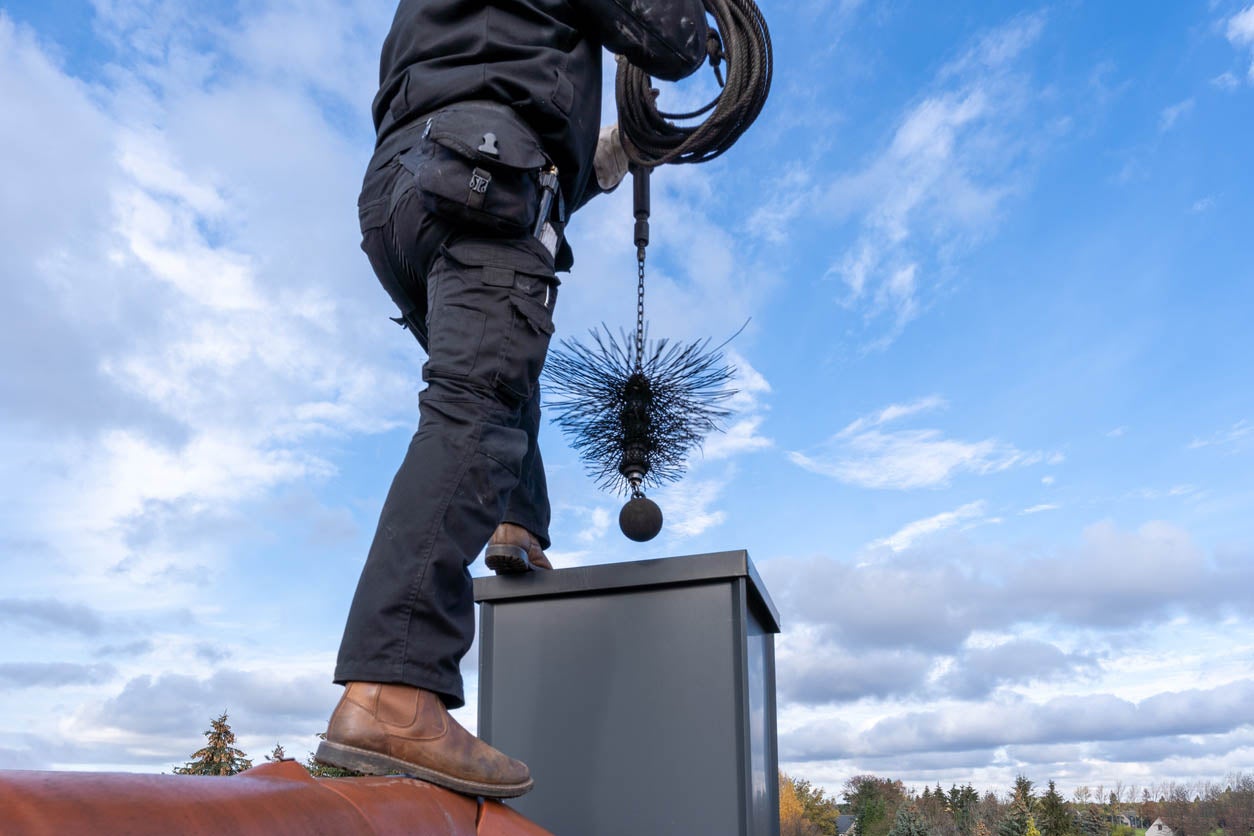

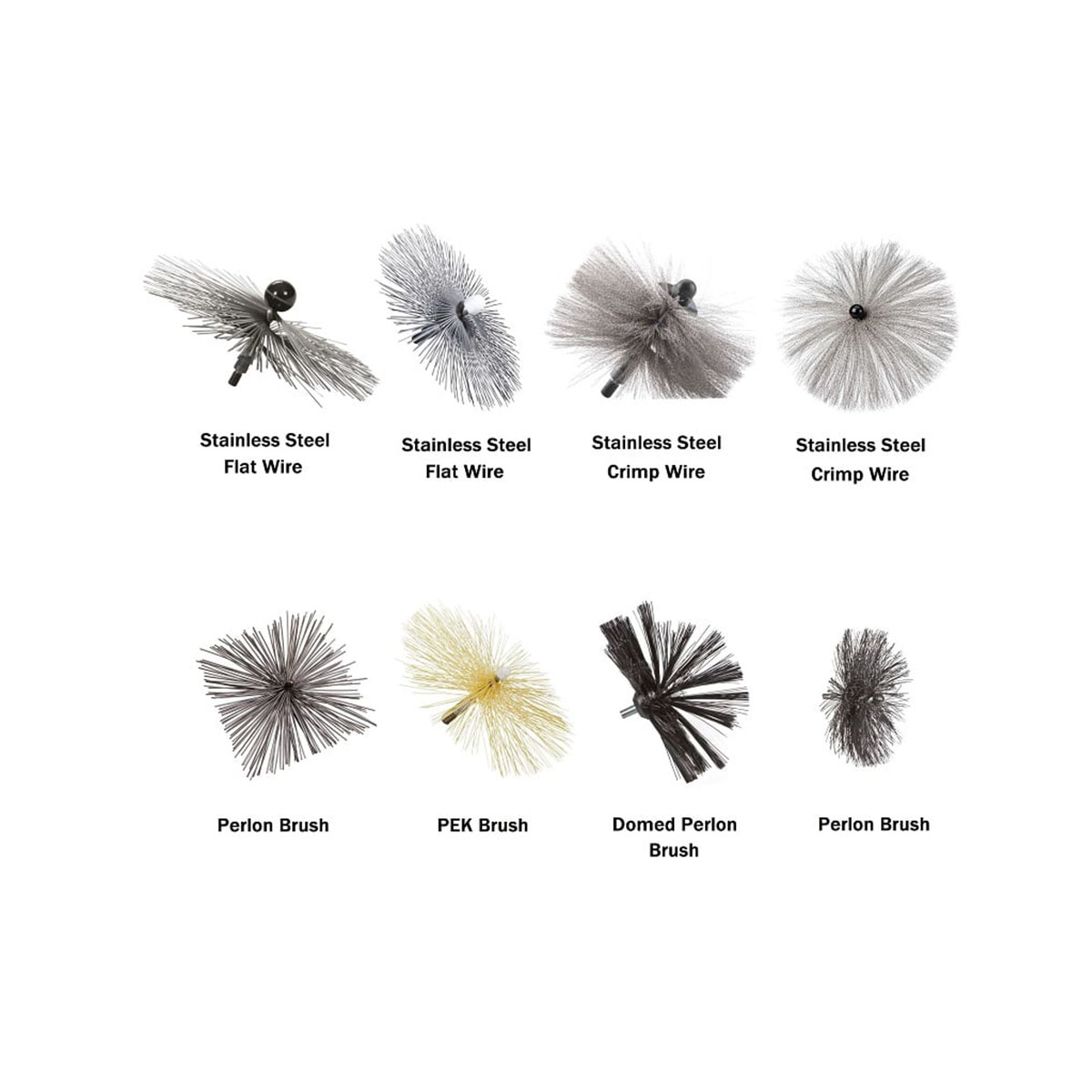
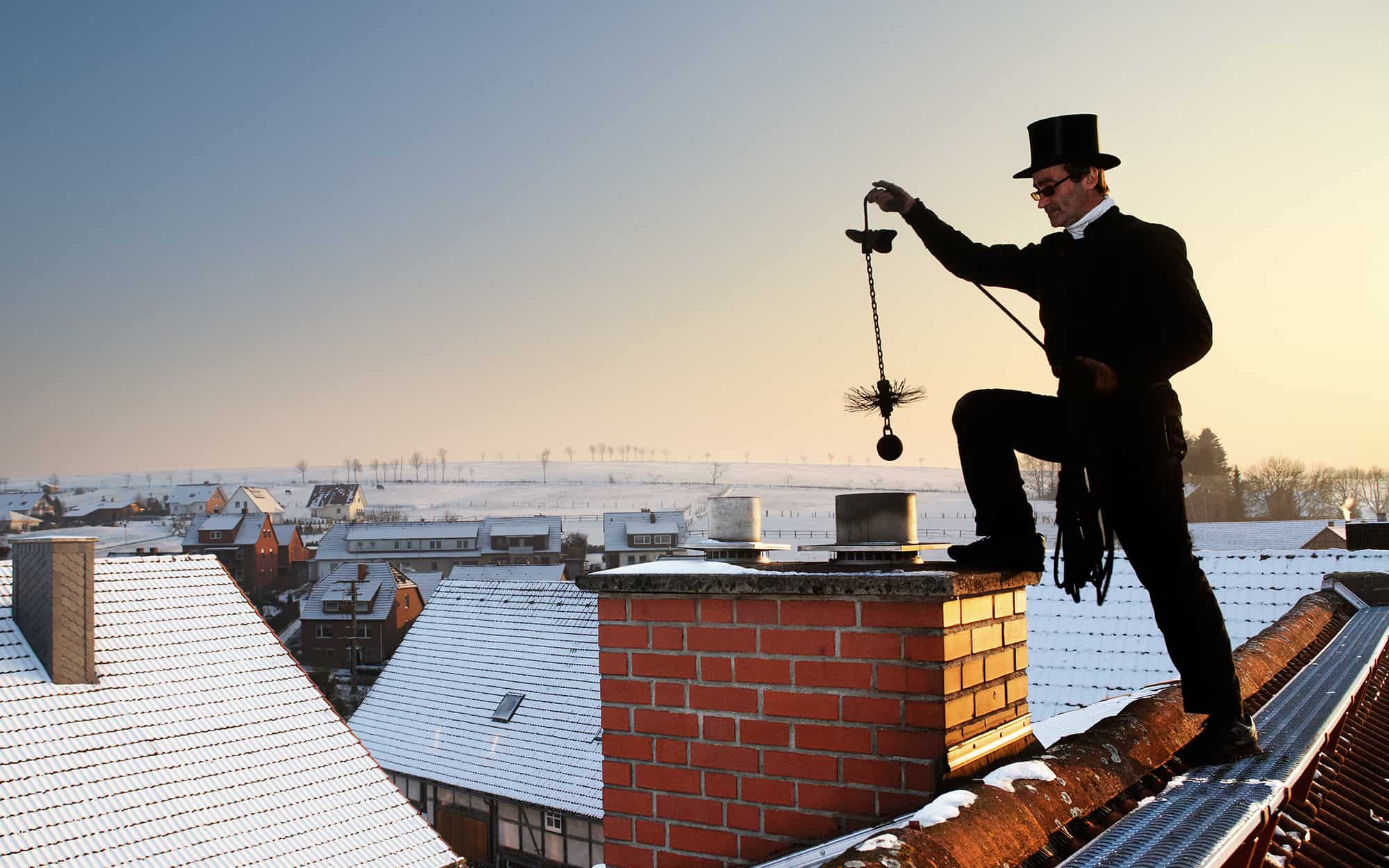
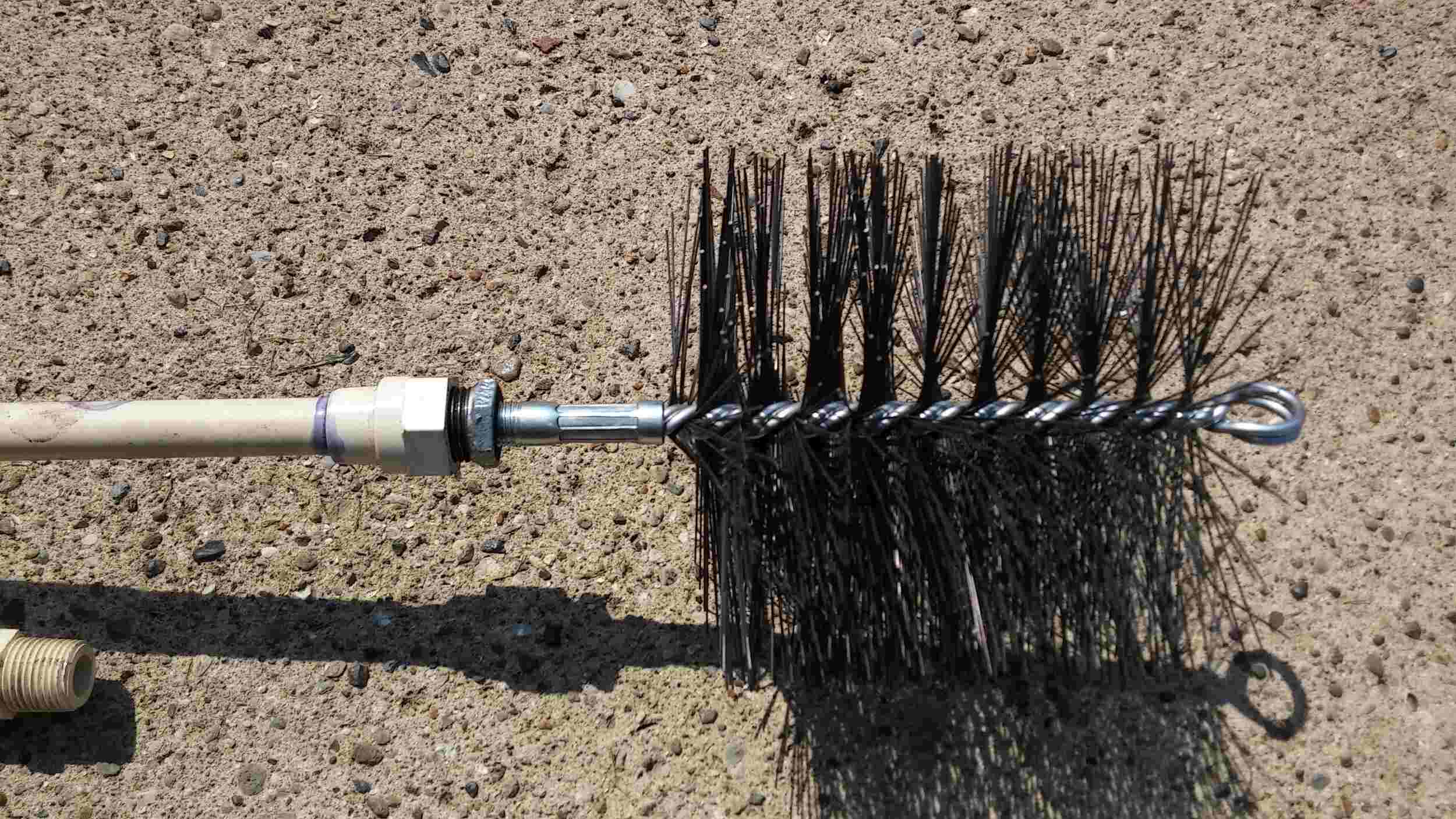
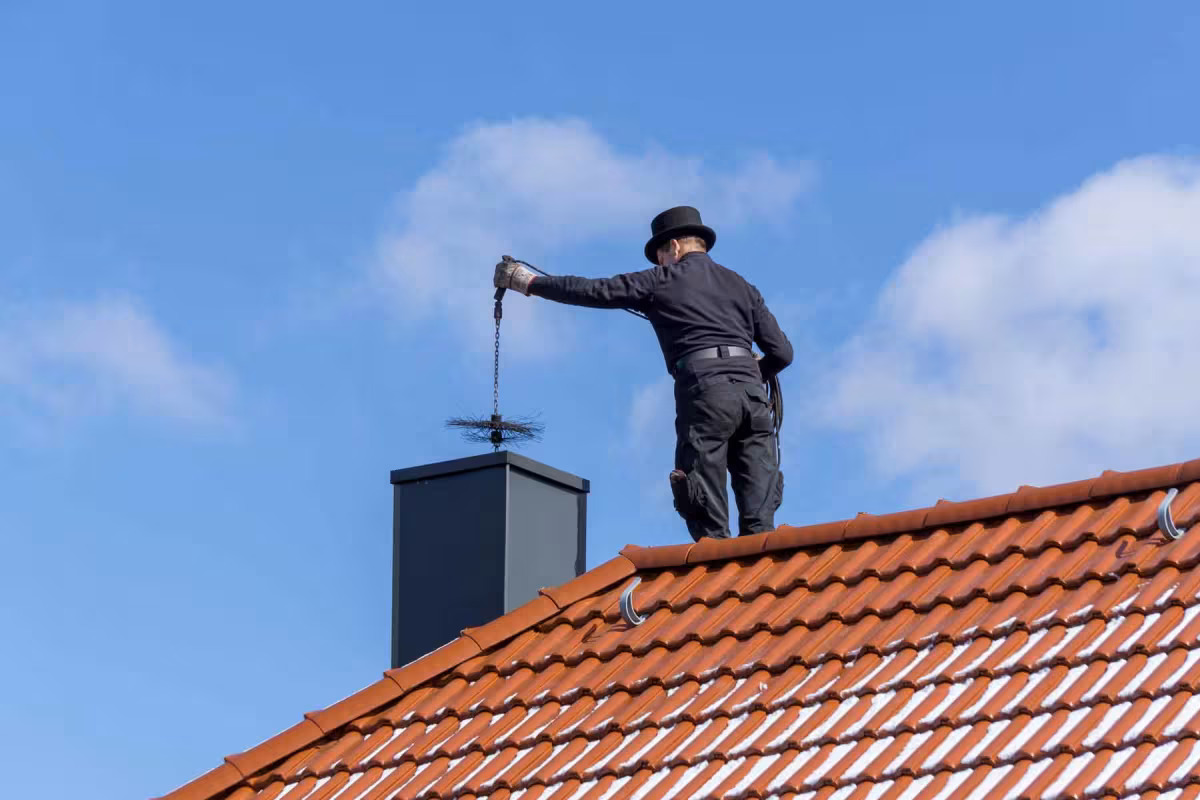
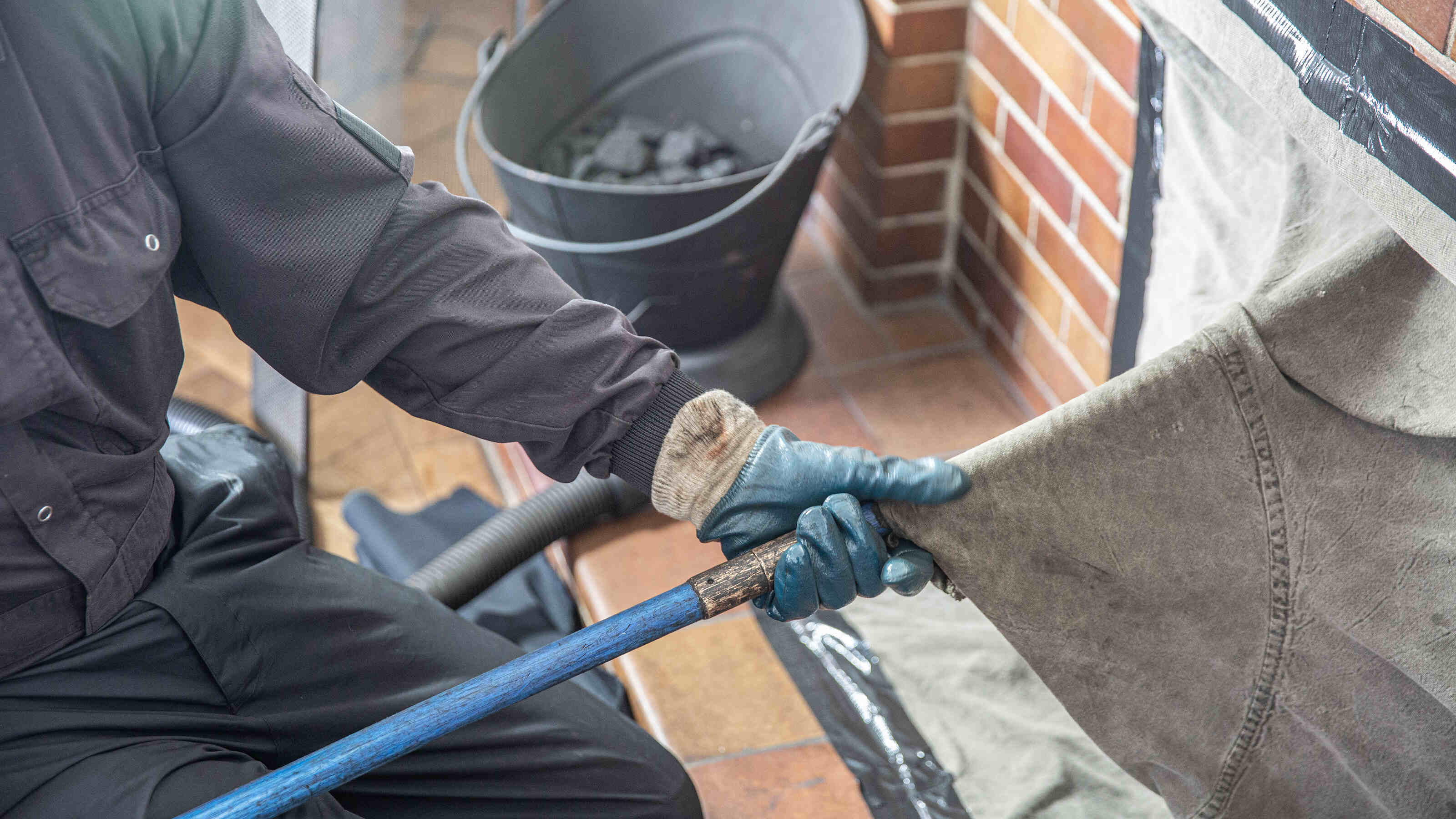
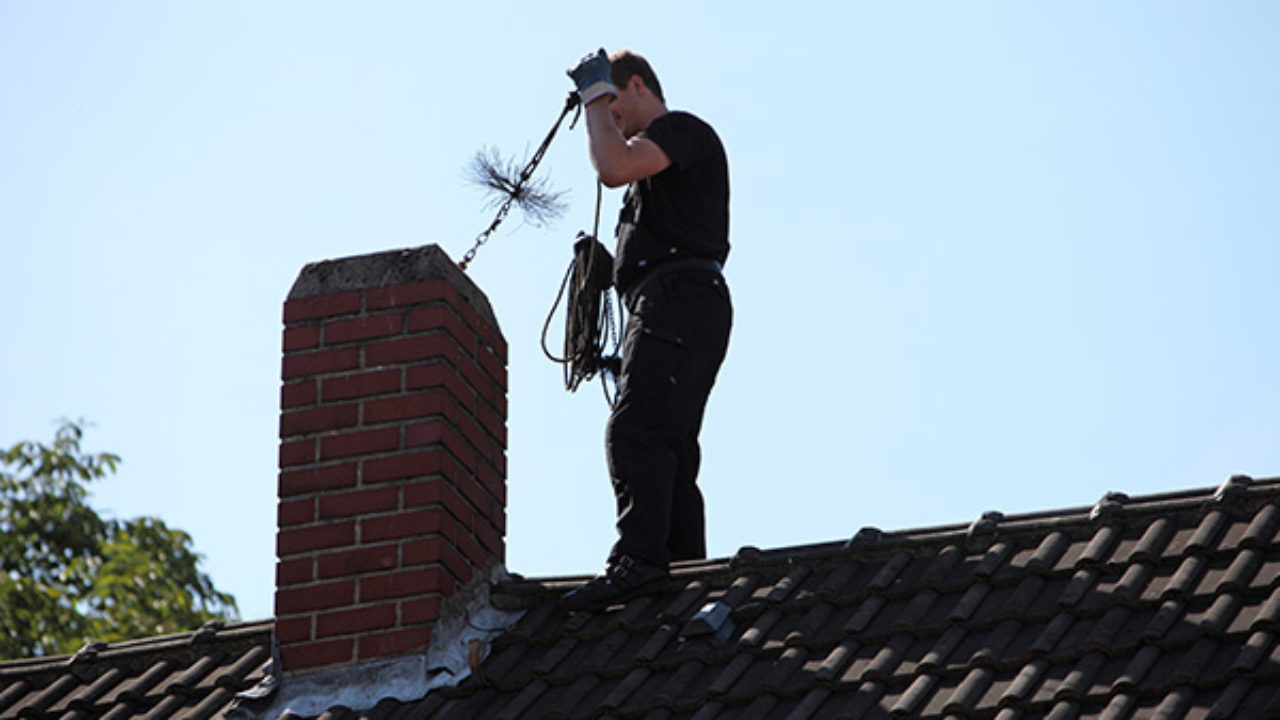
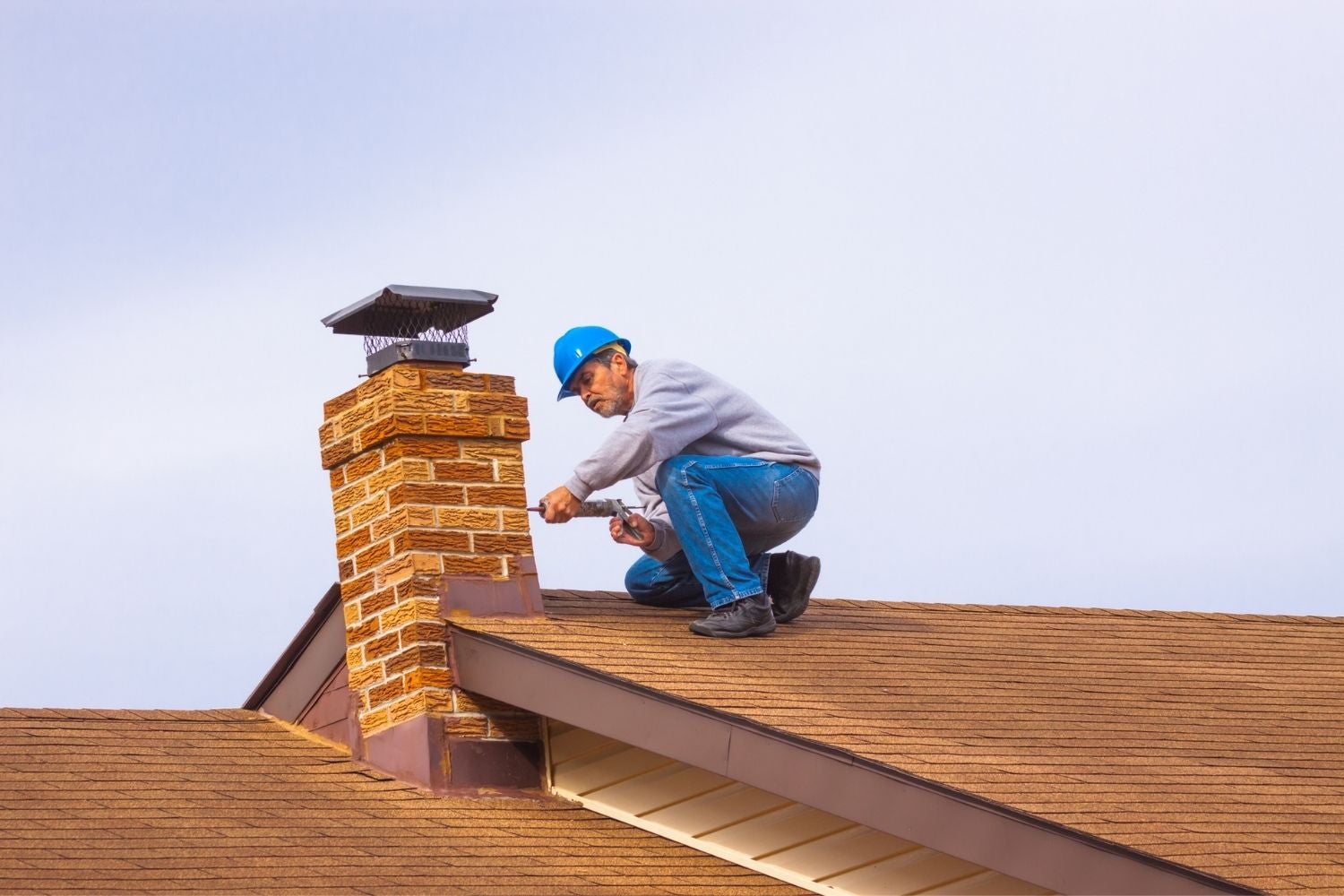
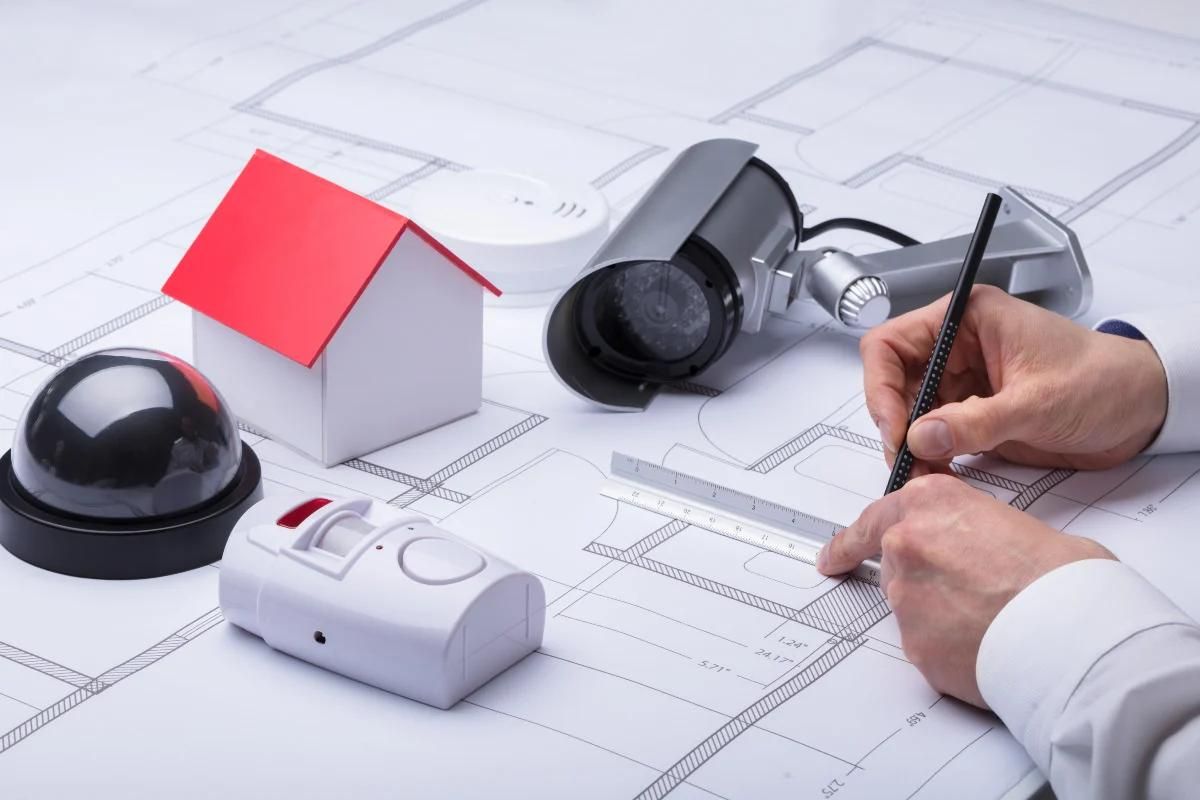
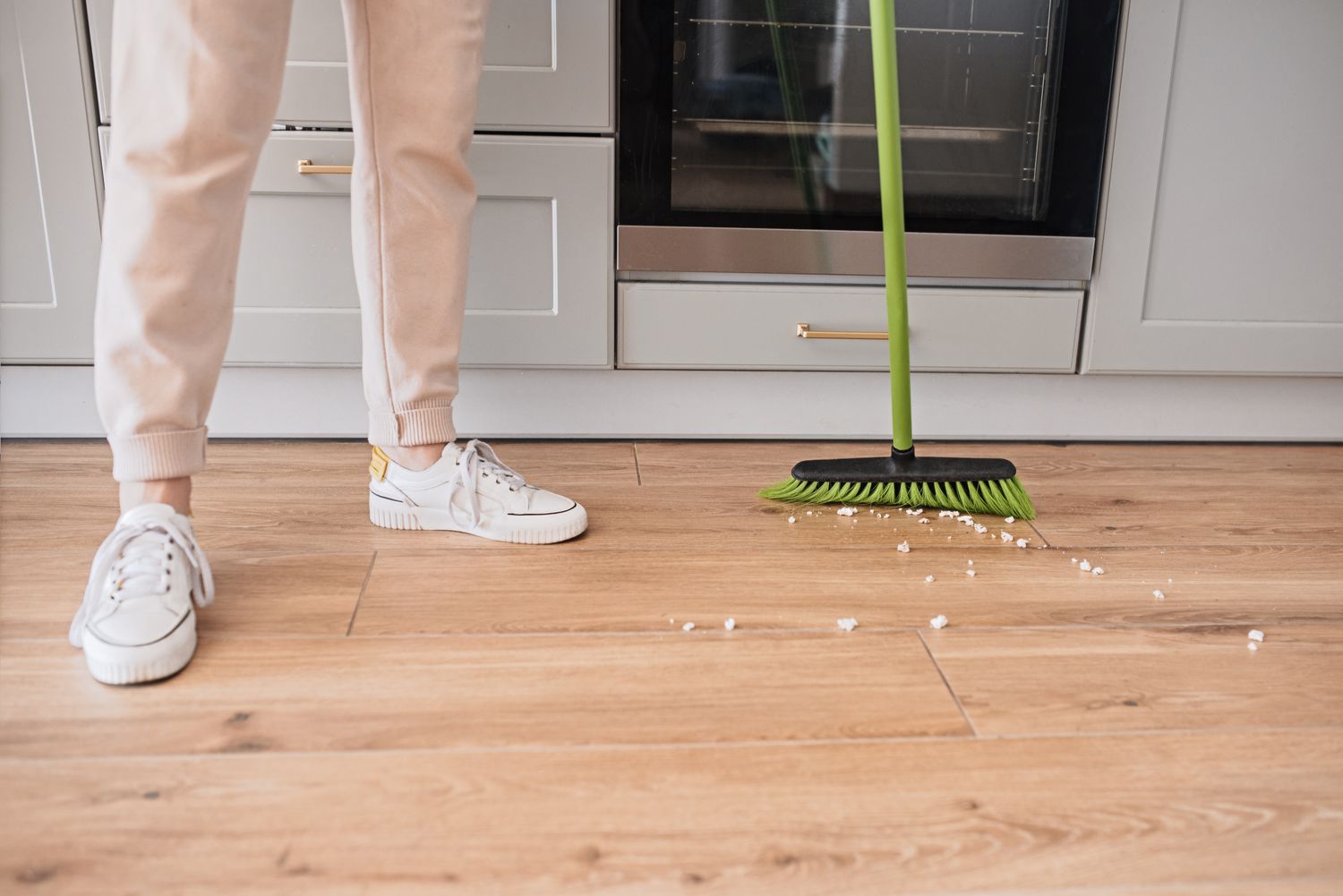
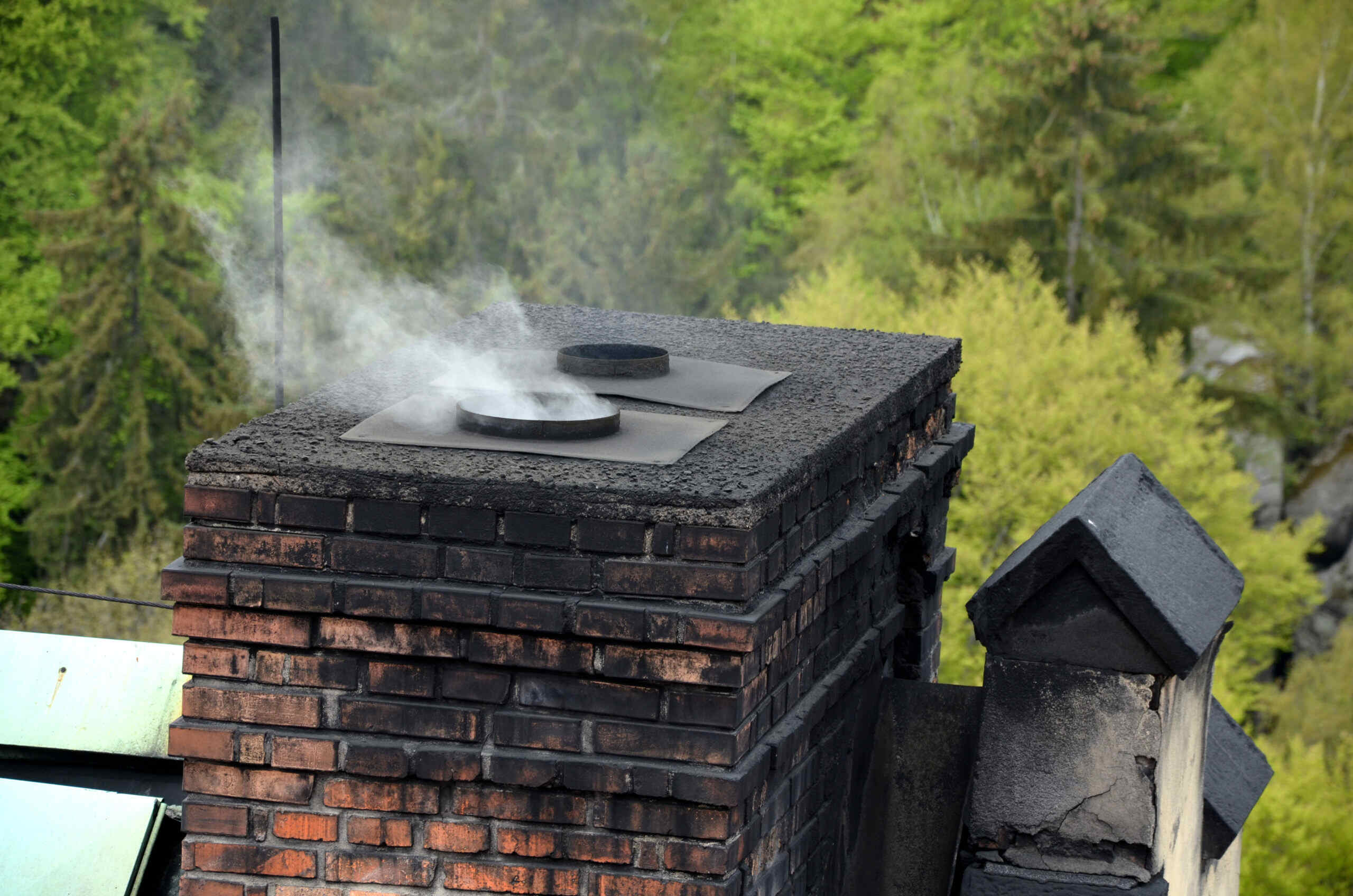
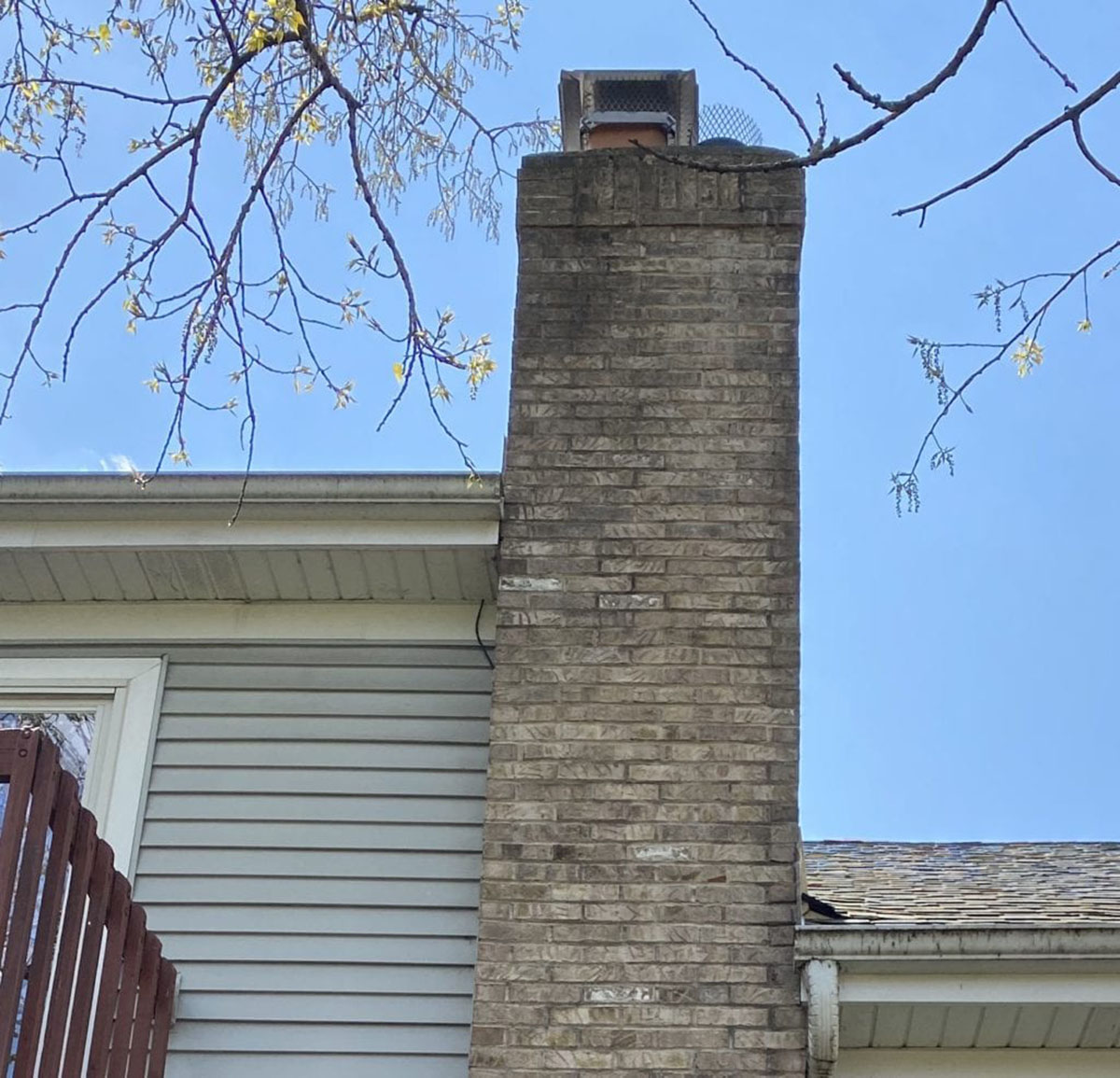

0 thoughts on “What Is A Chimney Sweep”